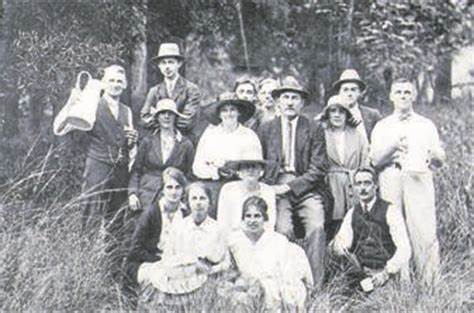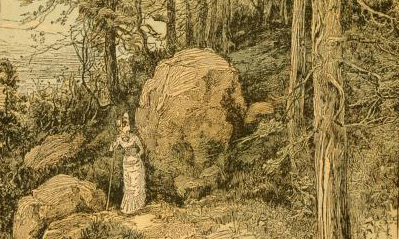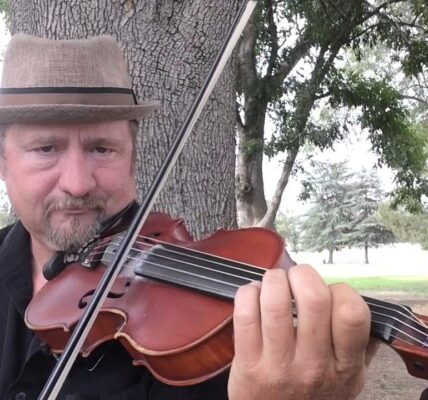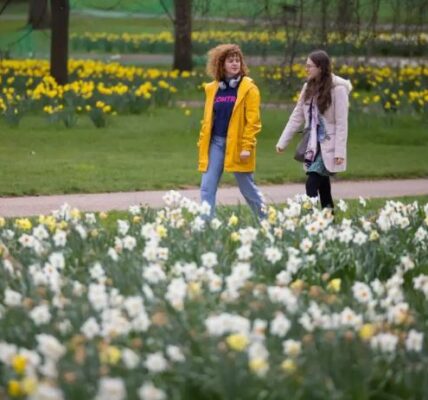Rambling: History of Rambling
In the grand tapestry of human communication, there exists a unique and often overlooked art—the art of rambling. This article embarks on a journey through time, exploring the origins, evolution, and cultural significance of the seemingly aimless yet intriguing phenomenon known as rambling.
The Ancestry of Verbose Wanderings
The roots of rambling stretch deep into the annals of oral traditions. Ancient storytellers, griots, and bards were masters of the art, seamlessly weaving through tales, anecdotes, and observations with a delightful lack of restraint. The meandering nature of their narratives became a captivating tradition, captivating audiences across diverse cultures.
From Essays to Prose
As written language gained prominence, the art of rambling found its way into literature. Essayists and prose writers, from the likes of Montaigne to Sterne, embraced the freedom to explore tangents, creating literary works that celebrated the beauty of wandering thoughts. The stream of consciousness became a literary device, allowing authors to delve into the intricacies of human contemplation.

Rambling as Expression
The Romantic movement of the 18th and 19th centuries embraced the idea of unrestrained self-expression. Giving rise to a more emotional and introspective form of rambling. Wordsworth’s poetic wanderings through nature and Coleridge’s dreamlike narratives exemplify the era’s affinity for the unstructured and emotive exploration of ideas.
Existential Rambling
In the realm of philosophy, thinkers like Kierkegaard and Nietzsche introduced existential rambling—a probing of the human psyche and existence itself. Their philosophical musings, often labyrinthine and complex, paved the way for a more introspective and subjective approach to understanding the human experience.
The Digital Discourse
In the 21st century, the advent of digital platforms has given it a new lease on life. Blogs, podcasts, and social media platforms have become playgrounds for individuals to indulge in unfiltered, free-flowing expressions. The internet era has democratized rambling, allowing anyone with a keyboard or microphone to contribute to the evolving landscape of shared thoughts and ideas.
Embracing Quirkiness
From stand-up comedians to quirky podcast hosts, rambling has found a cozy corner in pop culture. The charm lies in its unpredictability and the genuine, unscripted nature of the discourse. Shows like “Seinfeld” and “Comedians in Cars Getting Coffee” celebrate the beauty of conversational detours and the unexpected gems found within them.
Catharsis in Stream of Consciousness
Psychologically, the act of rambling can be therapeutic. Stream of consciousness writing, a technique championed by authors like Virginia Woolf. Offers a cathartic release for the mind, allowing thoughts to flow freely without the constraints of structure. This form of expression becomes a form of self-discovery and reflection.
as an Art Form
In a world often defined by structure and precision, rambling stands as an art form that embraces chaos. It challenges the conventional norms of communication, inviting individuals to revel in the unpredictability of discourse. The beauty of rambling lies in its ability to surprise, provoke thought, and connect seemingly disparate ideas into a cohesive narrative.
Long-Form Conversations
Podcasting has become a haven for long-form rambling, allowing hosts and guests to delve deep into topics. Meandering through discussions that can span hours. The unscripted nature of podcasts fosters authentic conversations, embracing the beauty of tangents and unexpected insights. Shows like “The Joe Rogan Experience” exemplify the allure of unhurried and expansive discourse.
Conclusion
The history of rambling is a journey through the meandering corridors of human expression. From ancient storytellers to modern podcasters, the art has evolved, leaving an indelible mark on literature, philosophy, and pop culture. As we navigate the winding paths of this history, we come to appreciate the richness. And diversity that rambling brings to our shared human narrative—a testament to the beauty found in the unpredictability of thought and expression.





